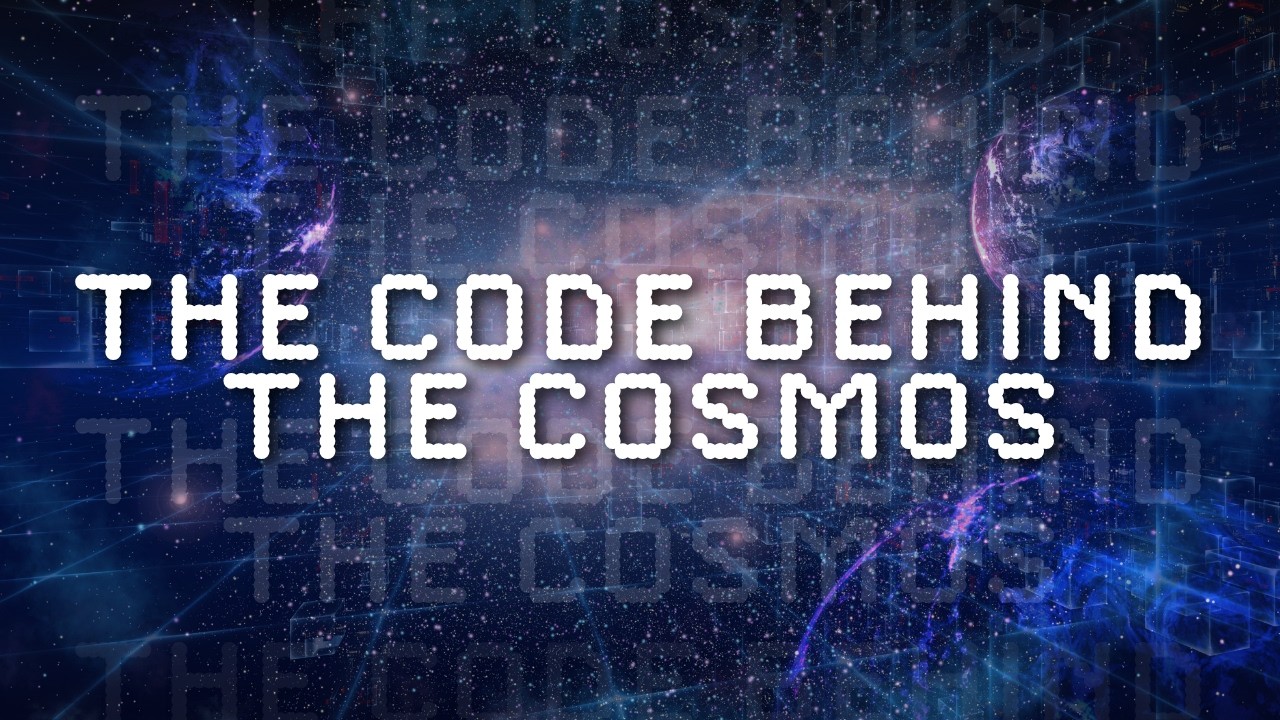The lecture explores the vastness of the universe and the crucial role of dark matter and dark energy in its structure and expansion, highlighting how computer simulations, informed by physics and observations, help scientists understand cosmic evolution from the early universe to the present. It also discusses the history and significance of computational modeling, drawing parallels with weather forecasting, and concludes by addressing the philosophical idea of the universe as a simulation, ultimately emphasizing simulations as tools for scientific insight rather than metaphysical explanations.
The lecture begins by exploring the vastness and complexity of the universe, starting from the stars visible to the naked eye to the countless galaxies beyond, each containing hundreds of billions of stars and potentially planets. The speaker highlights the mind-boggling scale of the cosmos and the fact that only about 5% of the universe is made of familiar matter, while the rest consists of mysterious dark matter and dark energy. These invisible substances influence the structure and expansion of the universe, with dark matter pulling galaxies together and dark energy driving the accelerated expansion of space.
A key piece of evidence for dark matter comes from gravitational lensing, where the gravity of unseen mass bends light from distant galaxies, distorting their images. This phenomenon, predicted by Einstein’s theory of general relativity, reveals that visible matter alone cannot account for the observed gravitational effects. The accumulation of such evidence supports the existence of dark matter, which plays a crucial role in the formation of cosmic structures. The early universe’s slight density fluctuations, observed through the cosmic microwave background radiation measured by the Planck satellite, align with predictions involving dark matter’s influence on galaxy formation.
To understand how the universe evolved from these early conditions to its current state, scientists rely heavily on computer simulations. These simulations incorporate the laws of physics, initial conditions from observations, and additional modeling of complex processes that occur on scales too small to be directly computed, known as sub-grid physics. The speaker traces the history of computational modeling from ancient mechanical devices like the Antikythera mechanism to modern digital computers, emphasizing how advances in computing power have enabled increasingly detailed and realistic simulations of cosmic evolution.
The lecture also draws parallels between cosmological simulations and weather forecasting, illustrating the importance of initial conditions and the challenges of modeling complex systems. Early pioneers like Lewis Fry Richardson attempted manual weather calculations, which eventually evolved into computerized forecasts with machines like ENIAC. Similarly, cosmological simulations have progressed to model galaxy formation, black hole activity, and the cosmic web, helping scientists test theories about dark matter, dark energy, and the universe’s large-scale structure by comparing simulated results with telescope observations.
In conclusion, the speaker addresses the philosophical idea that our universe might itself be a computer simulation, a notion popularized by figures like Elon Musk and Richard Dawkins. However, he argues that the immense informational content of reality, as quantified by the Hawking-Bekenstein formula, makes such a simulation practically impossible without using the entire universe as a computer. Therefore, while simulations are invaluable tools for understanding the cosmos, they do not imply that reality is a simulation, nor do they provide answers about metaphysical questions like the existence of God. The focus remains on using simulations to deepen our scientific knowledge of the universe’s fundamental components and evolution.
